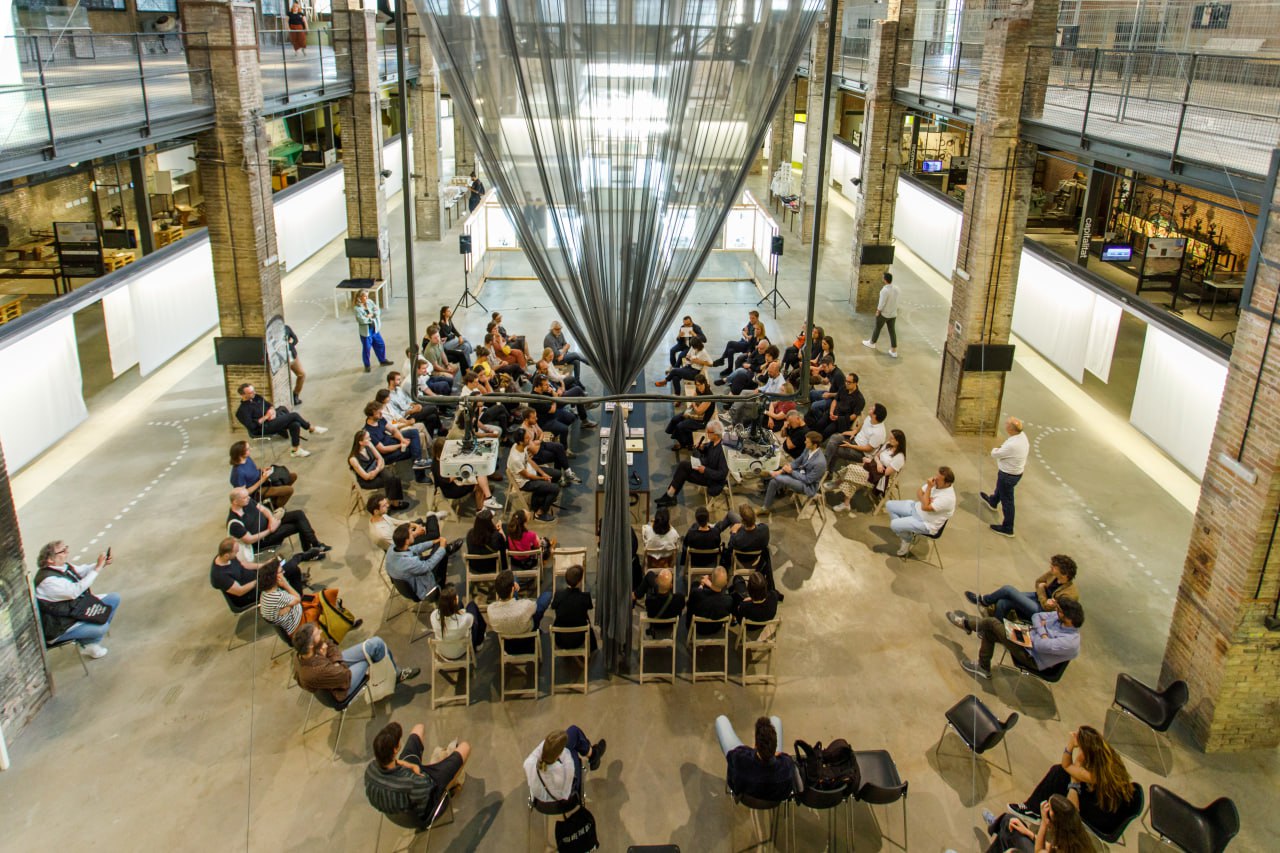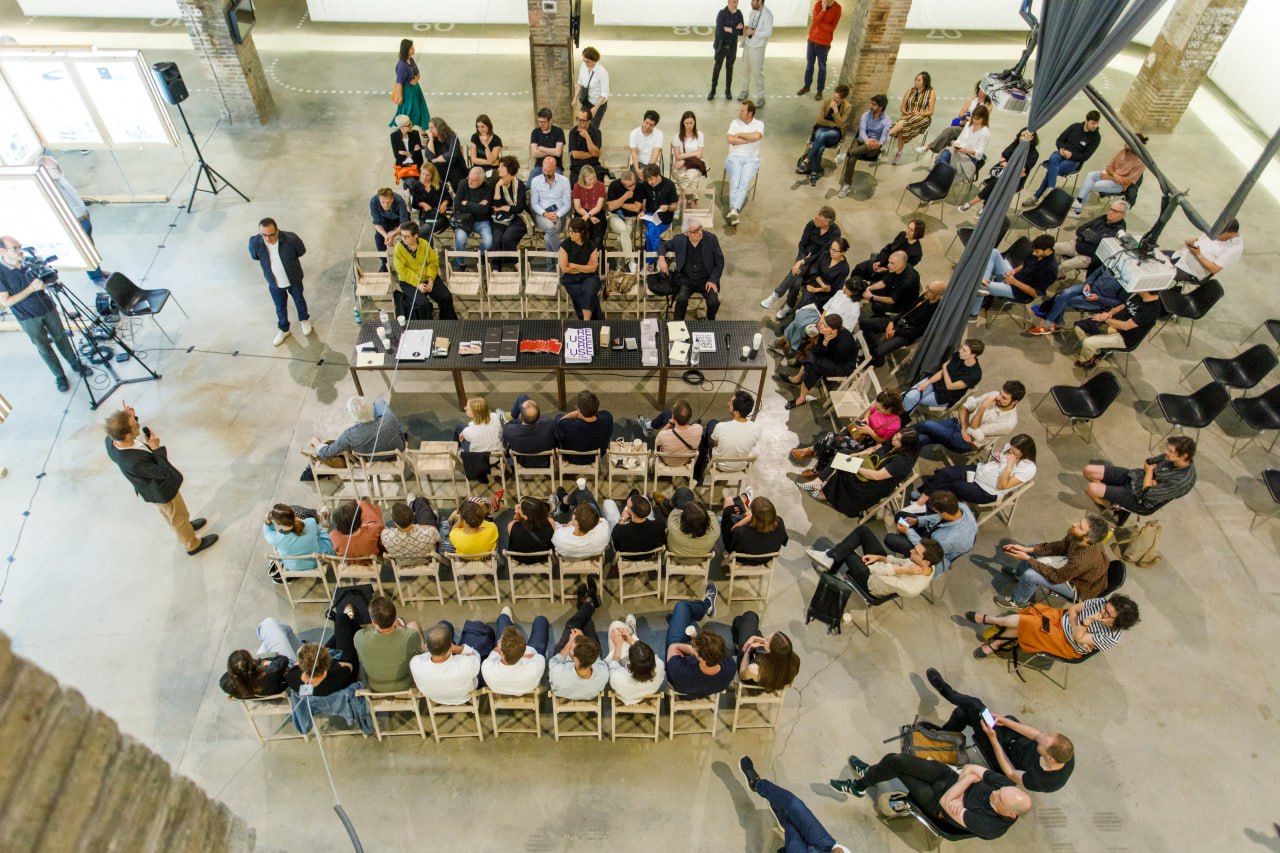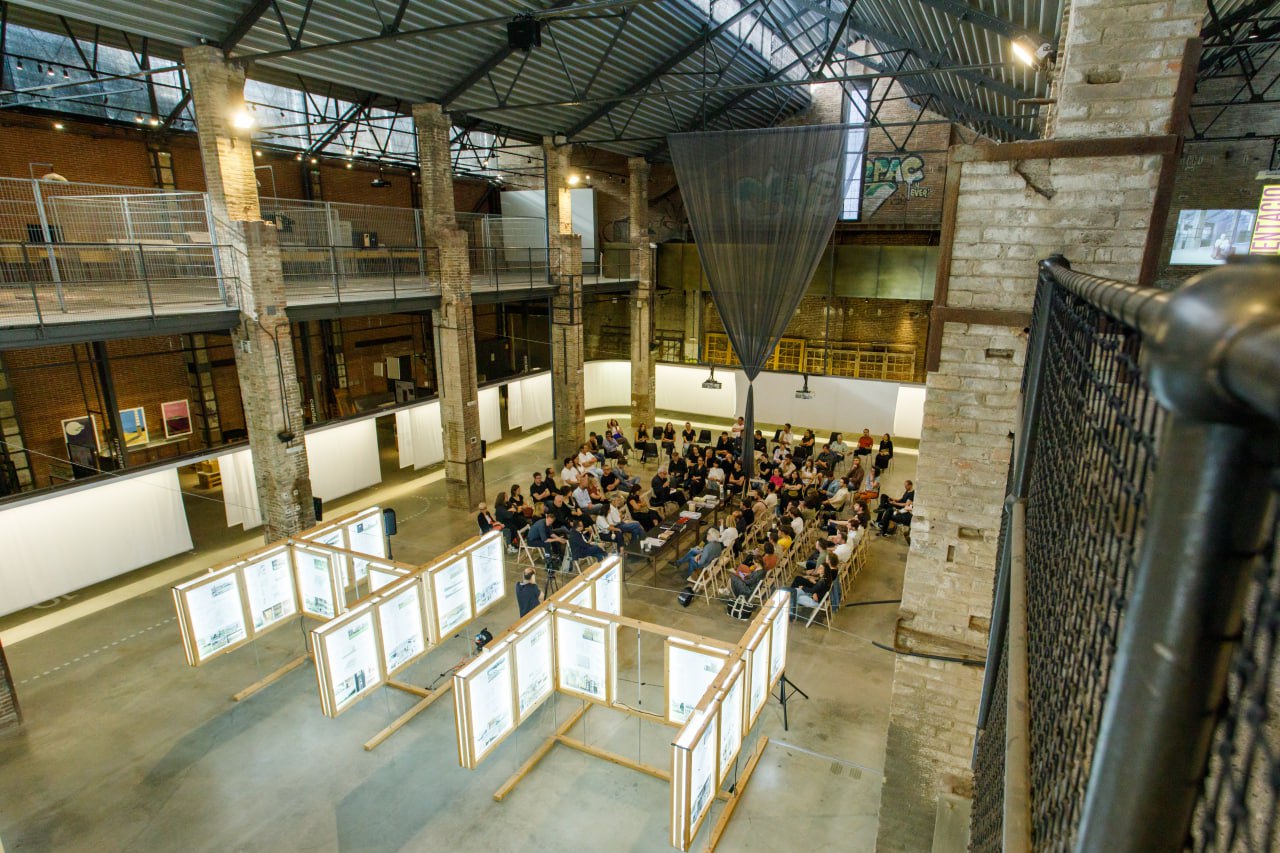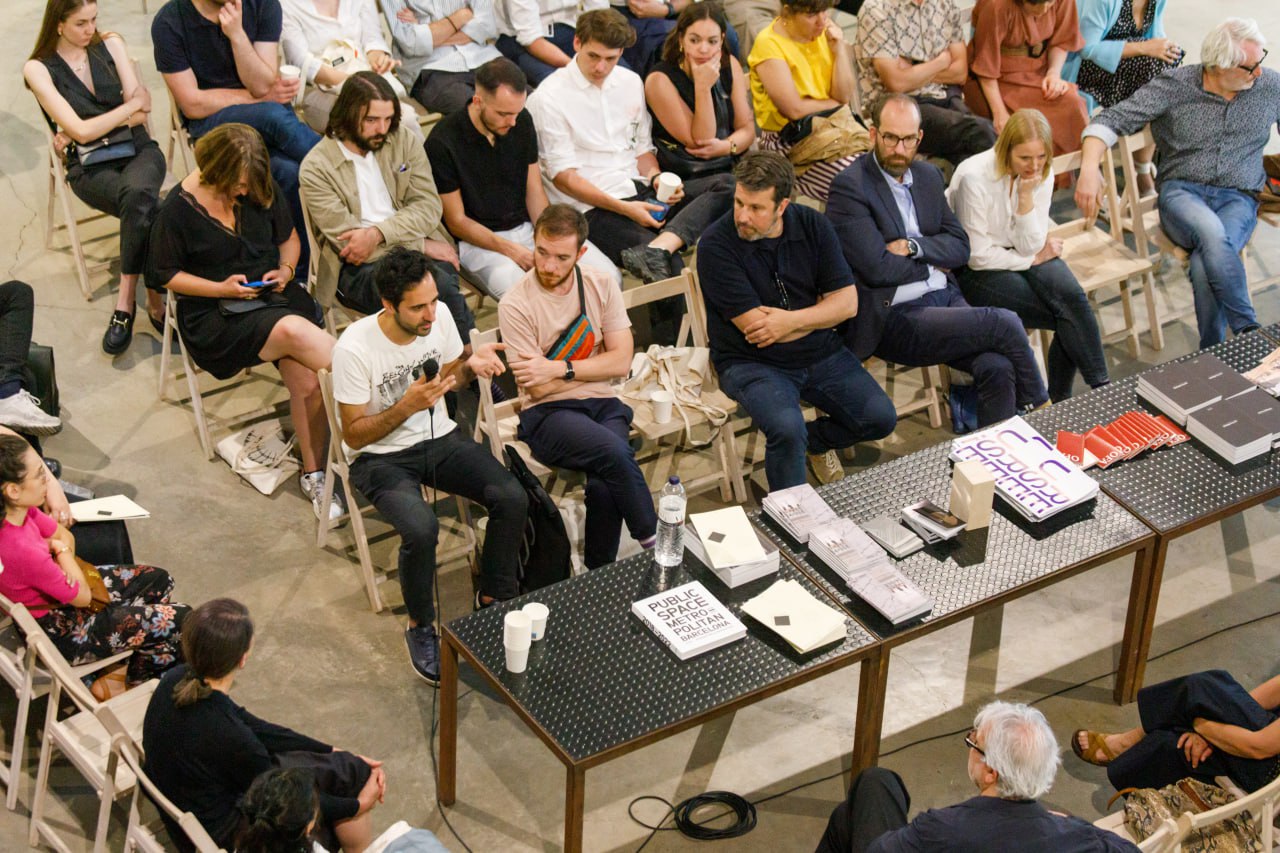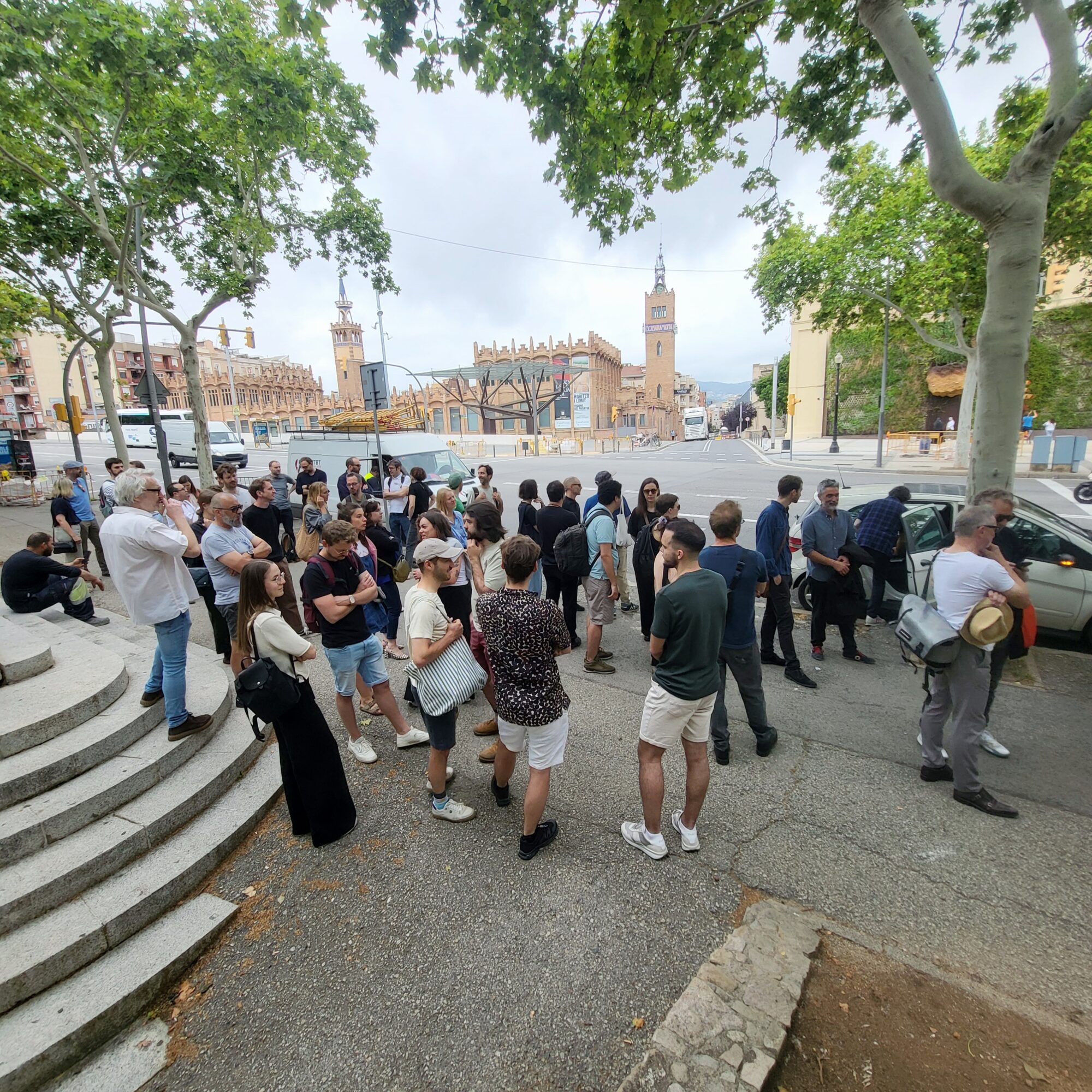
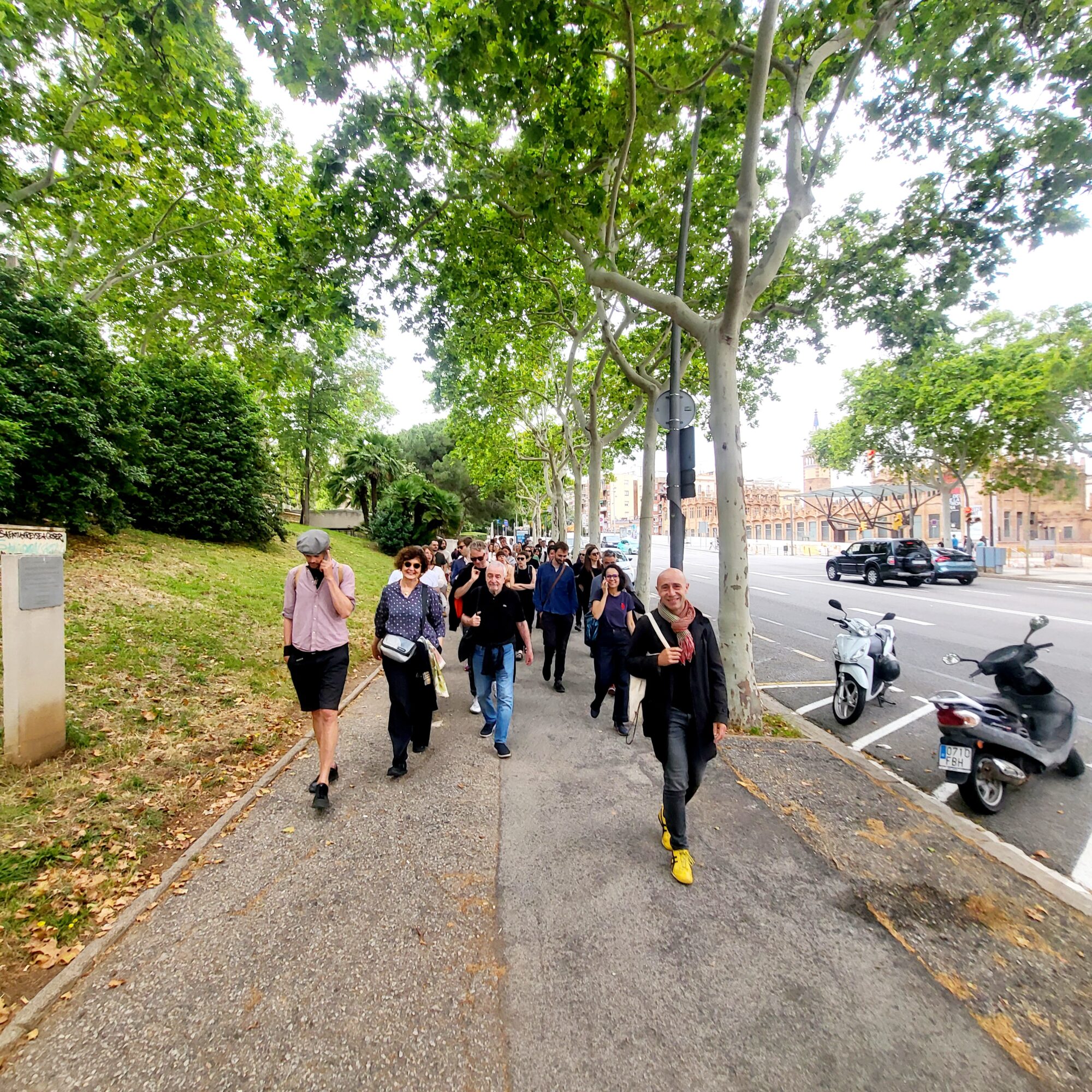
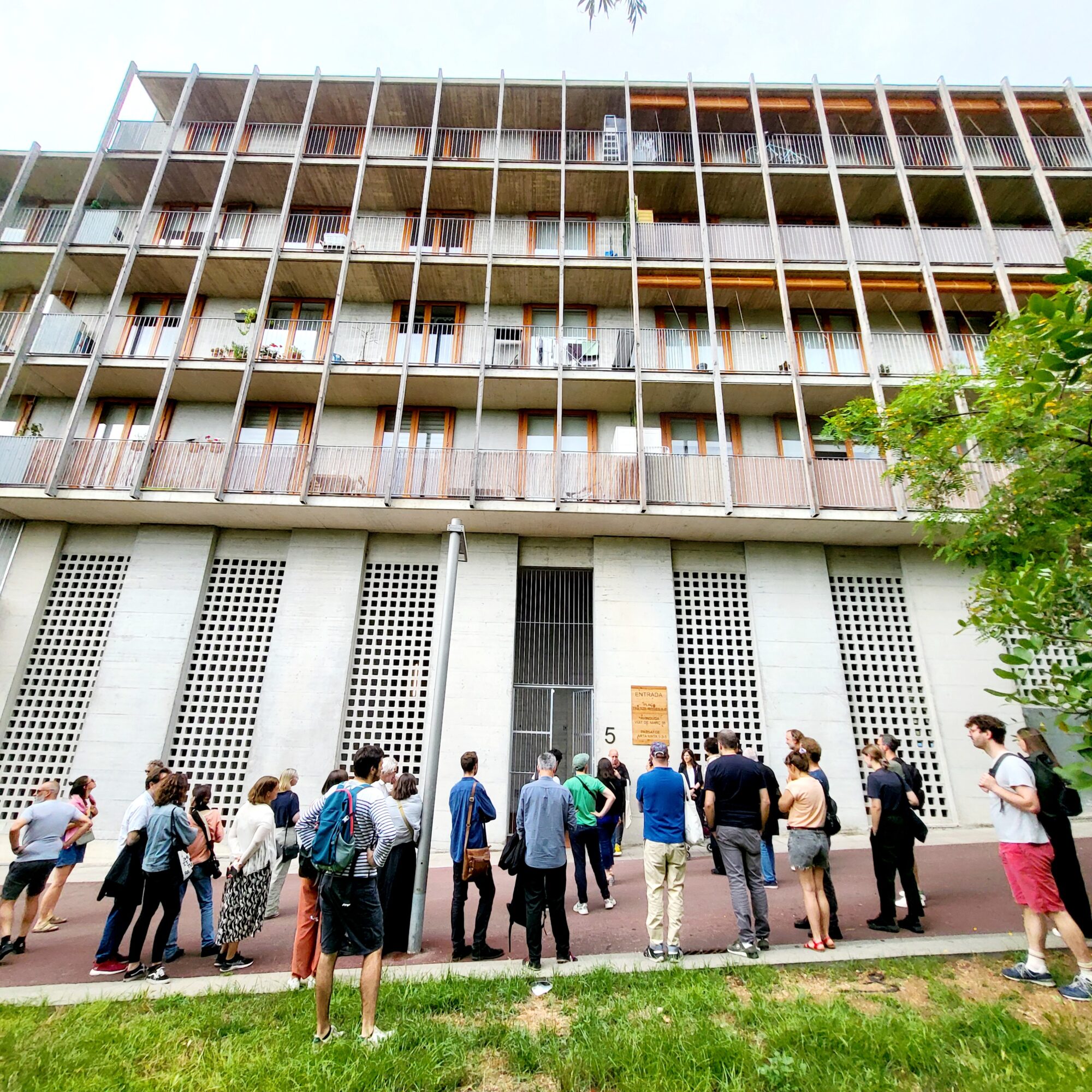
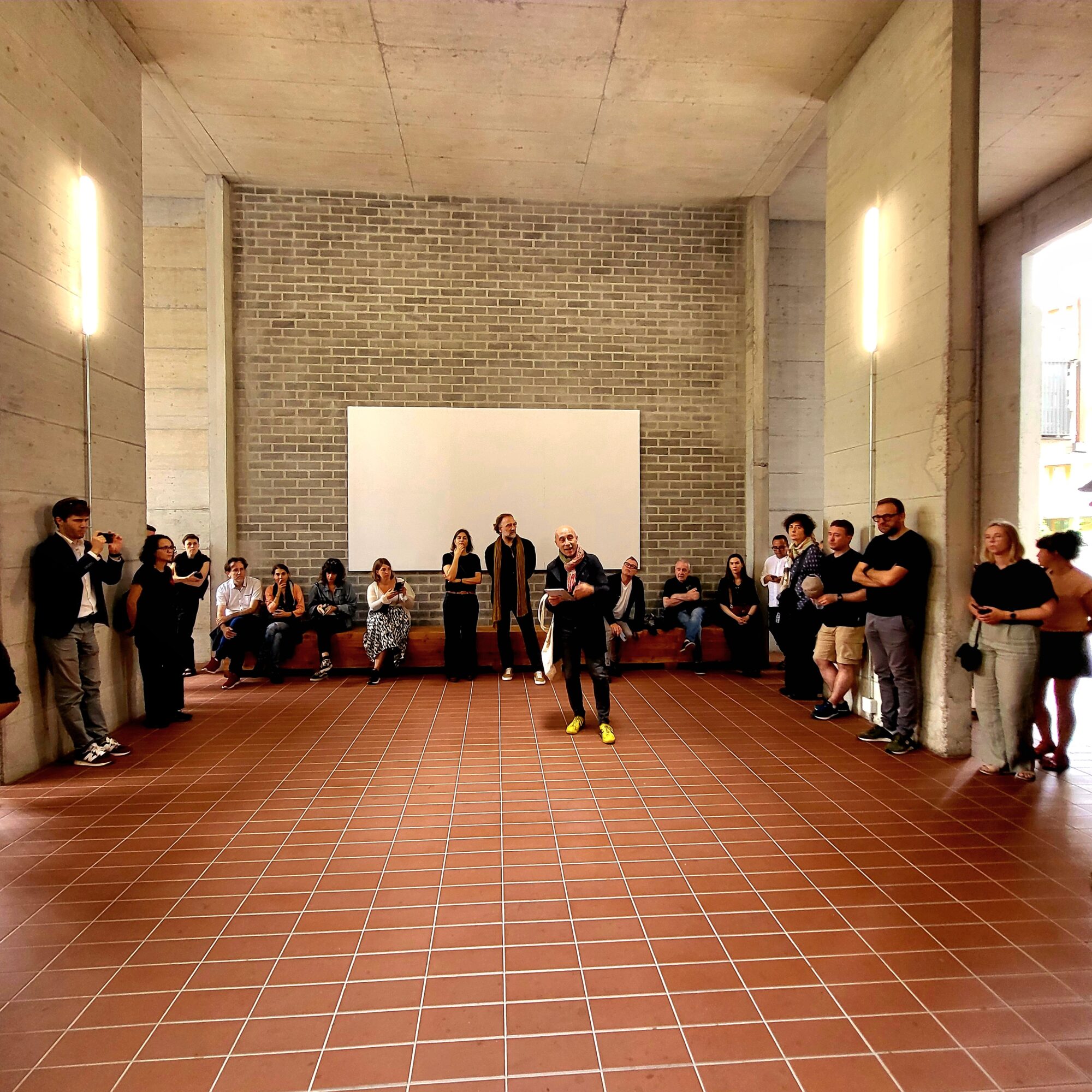
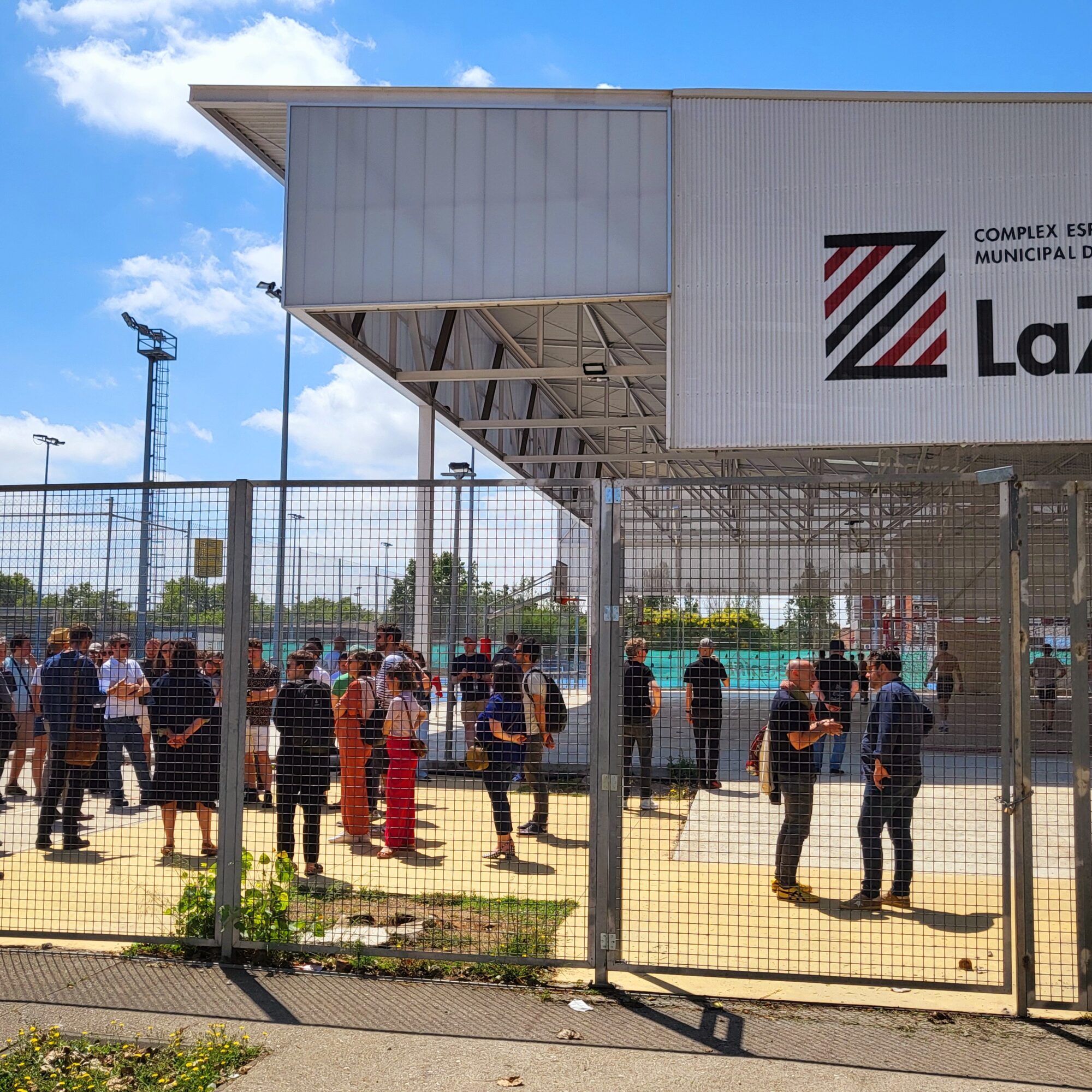
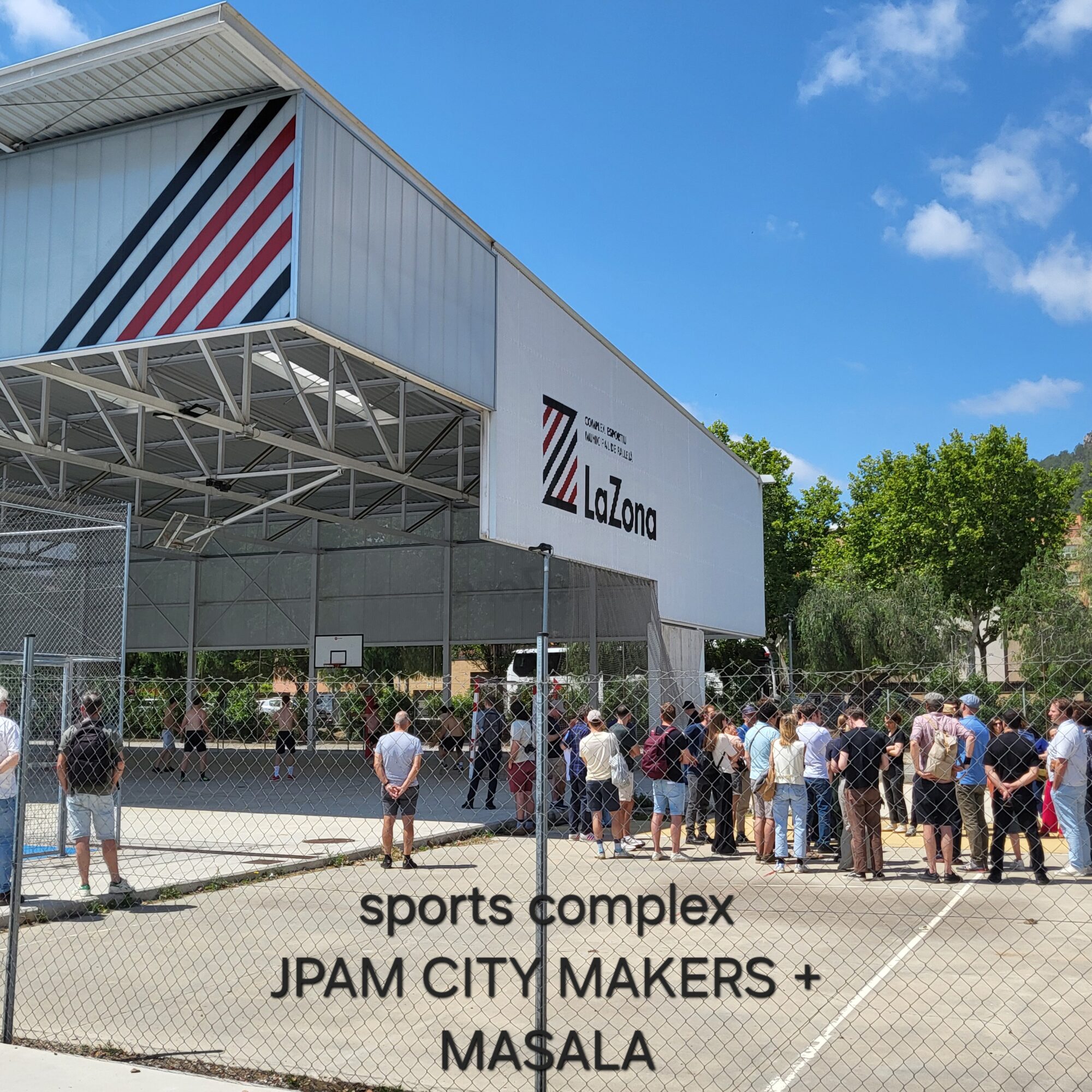
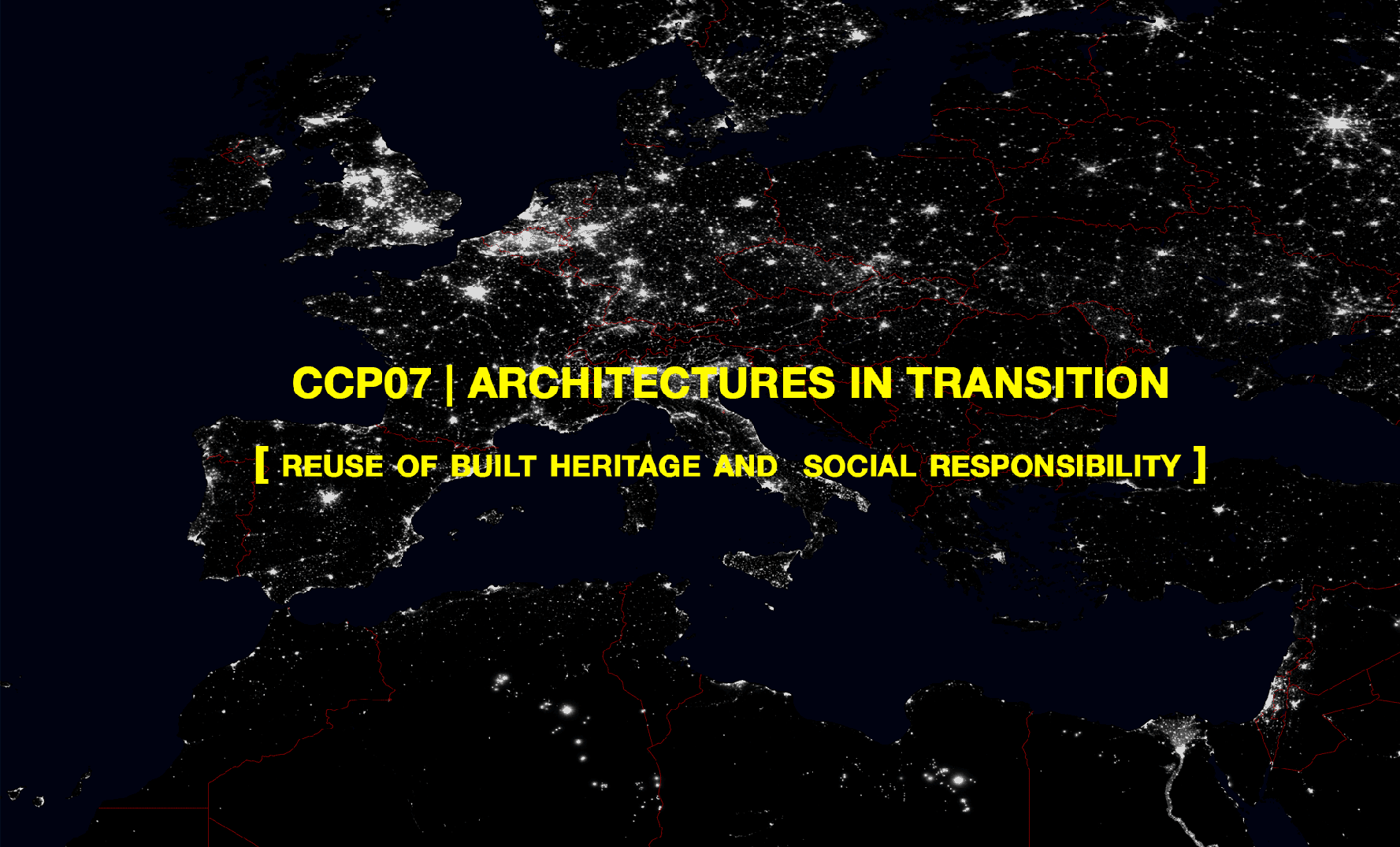
CCP / A CONNECTOR BETWEEN CITIES






For this edition, the focus is on social responsibility and the reuse of heritage, bringing together transitional architecture projects – quality architecture that favors the reuse of existing spaces, the reuse of materials, sustainable construction systems and materials, energy-efficient new-build buildings and mixed-use programs that, in a way, contribute to the clustering of activities without dispersing them, while promoting the well-being of users.
These projects pave the way for the transition to a more ethical building culture, with controlled environmental and social impacts.
By opting for rehabilitation rather than demolition, by using sustainable and environmentally-friendly construction systems, and by reusing building materials, architects are beginning to realize their essential role as socially responsible players.
For several years now, building culture has been undergoing a transition towards more responsible, environmentally-friendly architecture. This vital transition in architecture will be long and full of obstacles, but it will be irreversible.
